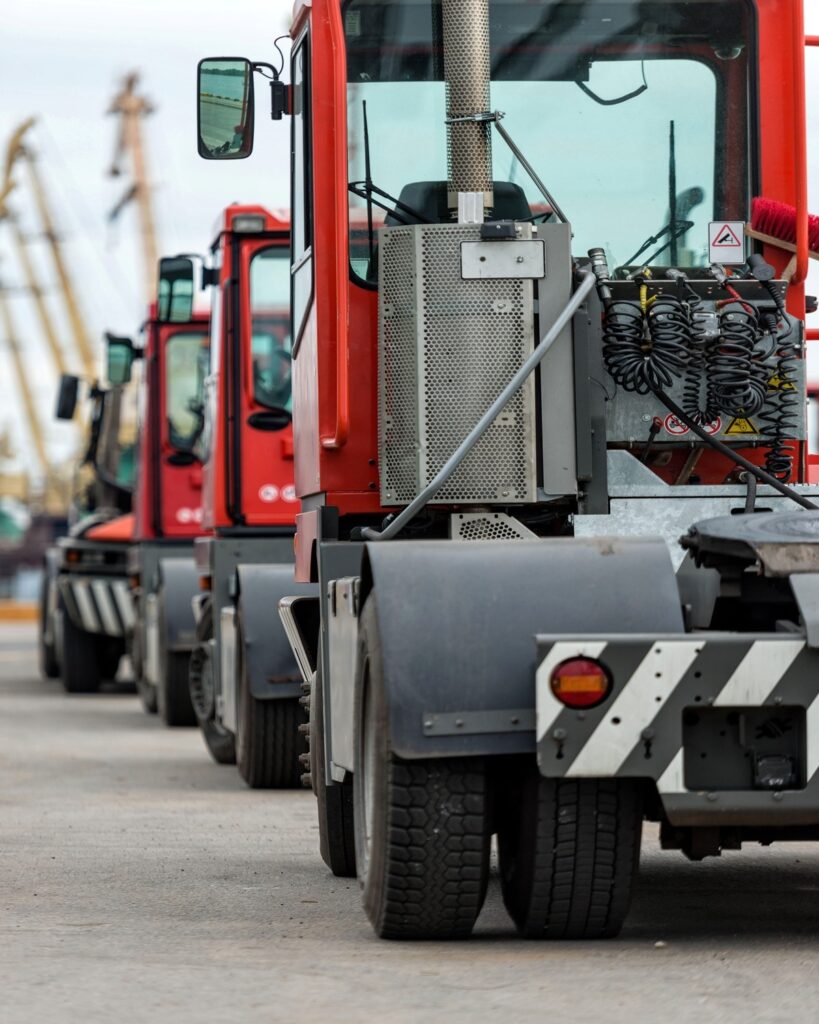Freight pricing is far more than a flat fee.
It’s the result of multiple factors that carriers evaluate to ensure accurate, fair, and safe transportation.
Understanding how rates are built helps shippers plan budgets, avoid surprises, and choose the right shipping strategy.
1️⃣ Base Rate
Every shipment starts with a base rate, which depends on the type of service:
- LTL (Less Than Truckload) – freight shares trailer space; pricing is based on weight or pallet/cubic space.
- FTL (Full Truckload) – you book the entire trailer for exclusive use.
- Open Deck (Flatbed, Step Deck, Conestoga) – for heavy, oversized, or specialized freight.
More complex equipment or special requirements (oversized permits, unique securement) generally increase the starting price.
2️⃣ Weight and Dimensions
Weight and size drive fuel consumption and equipment wear.
Bulky or heavy shipments may require special permits, escorts, or reinforced equipment, all of which impact cost.
3️⃣ Distance and Route
The length and nature of the route also matter.
Mountain passes, toll roads, and detours affect transit time, fuel usage, and toll expenses, which all feed into the final quote.
4️⃣ Seasonality and Market Demand
Freight rates fluctuate with the market:
- 🚛 Harvest season boosts produce shipping and raises rates.
- ❄️ Winter weather can slow transit and increase costs.
- 🎄 Holidays bring higher demand and tighter truck availability.
Higher demand and limited capacity inevitably push prices up.
5️⃣ Accessorial Charges
Beyond the base cost, additional services may appear as accessorial fees, such as:
- Crane or ramp loading/unloading
- Temporary storage
- Detention or layover (waiting time)
- Added insurance
- Pilot/escort vehicles for oversized loads
These are itemized separately for full transparency.
6️⃣ Fuel Surcharges
Fuel surcharges reflect current diesel prices and are adjusted weekly or monthly.
They ensure carriers can cover real-time fluctuations in operating costs.
💡 Tips to Control Costs
- Provide exact weight and measurements to avoid re-quoting and re-classification fees.
- Plan ahead and stay flexible — off-peak days can mean lower rates.
- Consolidate shipments where possible to take advantage of economies of scale.
Final Word
At MM Brothers Inc., we calculate and explain every component of your rate up front.
Our transparent pricing and careful planning ensure efficient, cost-effective, and on-time delivery across the United States, whether your freight is LTL, FTL, or open deck.






